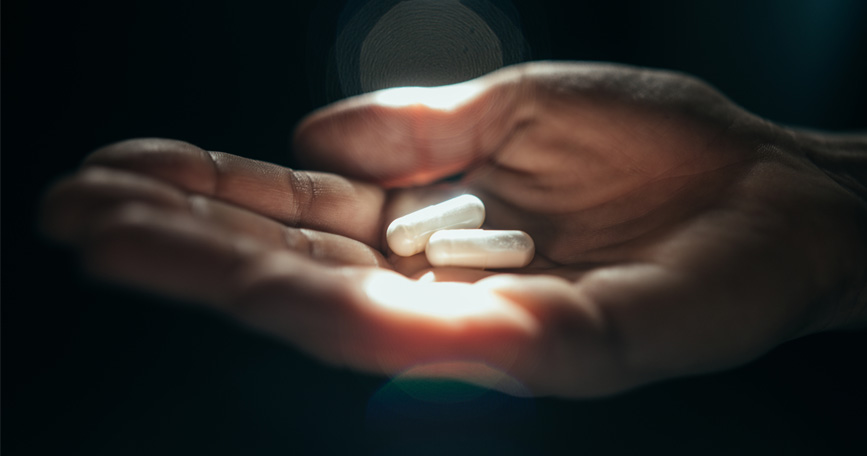Filter by Industry
Filter by Topic

Emerging biopharma launch strategies for commercial success
Explore emerging biopharma launch strategies, from targeting and market access to data-driven commercialization for emerging biopharma companies.

The specialty pharmacy & IDN connection
Explore how specialty pharmacies connect to IDNs and why these relationships matter for life sciences and healthcare strategy.

Defending your organization against AI-powered phishing attacks
AI-driven phishing is a growing healthcare risk. See how providers can safeguard patient data, reduce risk, and strengthen cybersecurity protocols.

Reflecting on our most popular content of 2025
Explore the top-performing healthcare blogs and insights of 2025, from top medications to health systems. See what content resonated most this year.

Medical claims 101: What you need to know
Learn what medical claims data is, how it works, and why it matters for healthcare and life sciences decision-making.

Top 6 healthcare conference trends & takeaways from 2025
Discover the most important healthcare trends from 2025 events like HIMSS, RSNA, HLTH & more. Plan smarter for 2026 with real-world insights &…

The 4 big ideas defining RSNA 2025
Dive into the highlights from RSNA 2025, including the latest on AI in radiology, workforce challenges, and burnout.

5 hospital bad debt statistics you need to know
Explore key hospital bad debt statistics, trends, and benchmarks affecting health system financial performance.

CHPRMS 2025: 4 key takeaways for healthcare marketers
Catch the top takeaways from CHPRMS 2025. From emerging healthcare marketing strategies to new PR tech transforming patient and provider engagement.

Building cybersecurity resilience in rural healthcare
Explore key strategies to strengthen cybersecurity in rural hospitals, covering limited resources, risk mitigation, and resilience for patient safety.